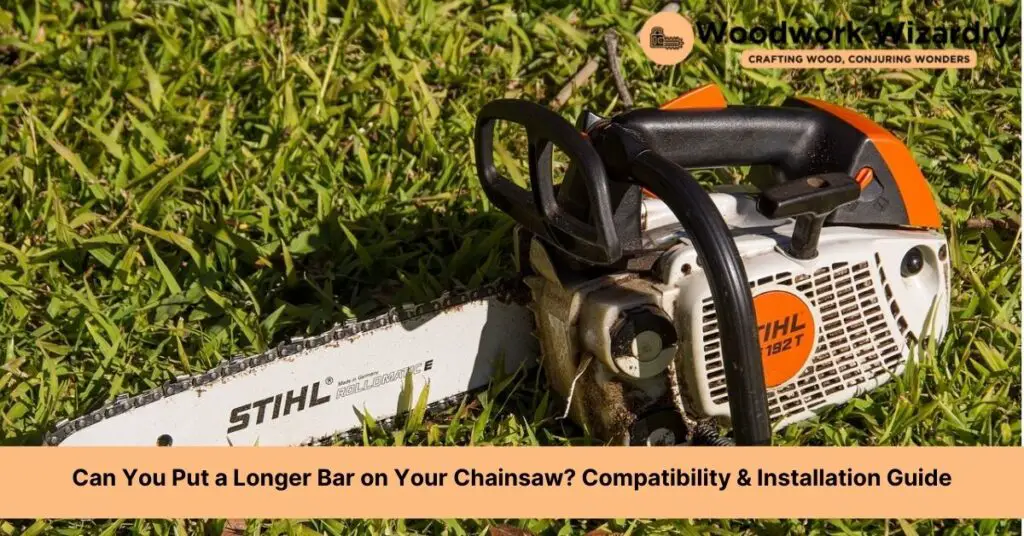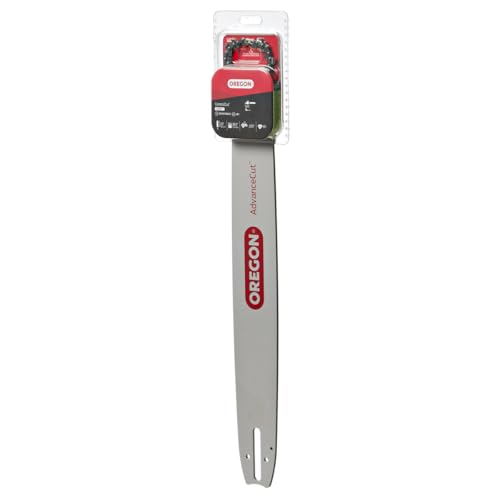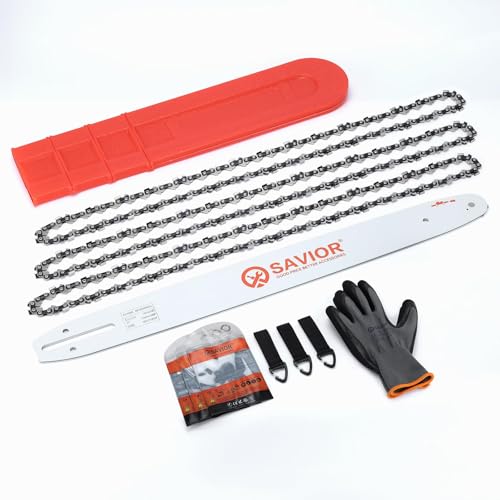Ever wondered if you could give your chainsaw a bit of an upgrade by swapping out its bar for a longer one? We’ve all been there, especially when faced with a hefty log that our current setup just can’t seem to tackle. It’s a tempting thought, right? Giving your chainsaw a longer reach could mean more power and the ability to handle bigger tasks with ease.
But before you dive into the world of chainsaw modifications, there are a few things we should consider together. It’s not just about whether it can be done, but also about how it affects the performance and safety of your chainsaw. Let’s explore this intriguing possibility together, weighing the pros and cons, and figuring out what’s best for our beloved wood-cutting companion.
Understanding Chainsaw Bars
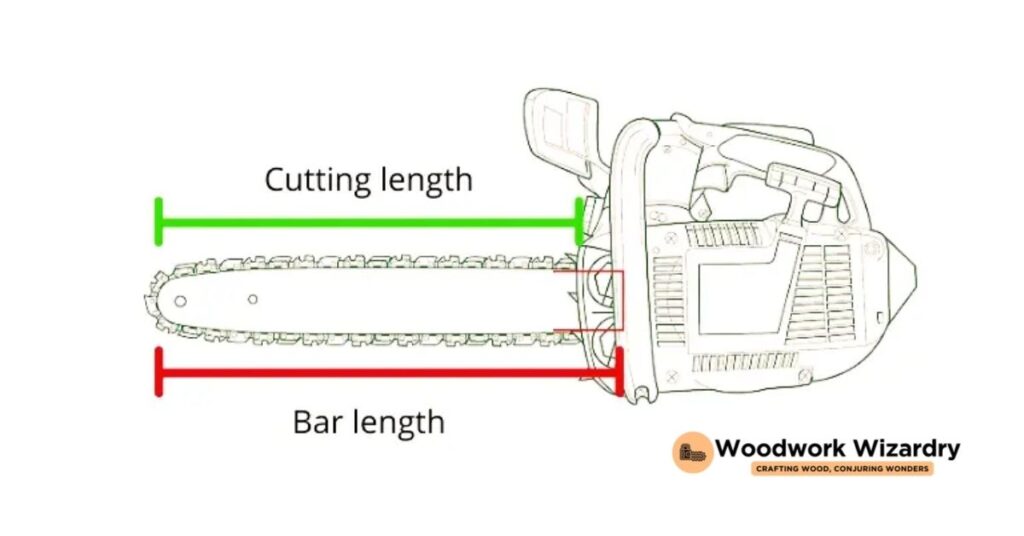
Diving deeper into the heart of chainsaw functionality, we grasp the critical role chainsaw bars play. Essentially, these bars guide the chain’s movement and directly influence the tool’s cutting capabilities. They come in various lengths, each suited to specific tasks and chainsaw models.
Firstly, compatibility stands as the cornerstone of considering a longer bar. A chainsaw’s engine power and bar length maintain a balanced relationship; the engine must possess the necessary power to drive a longer chain around a larger bar efficiently. For example, professional-grade chainsaws with robust engines accommodate longer bars, while smaller, residential models may not.
Secondly, the weight and balance of the chainsaw shift with the addition of a longer bar. This adjustment can affect handling and fatigue during extended use. A longer bar means more weight at the front of the saw, potentially making precise cuts more challenging and increasing the physical strain on the operator.
Furthermore, safety elements cannot be overstated; a longer bar increases the risk of kickback, a sudden upward motion of the chainsaw’s nose. This danger is heightened due to the extended leverage and the increased probability of the bar tip contacting wood or another object inadvertently.
Lastly, the choice of bar length impacts the type of work one can undertake. Larger bars handle bigger trees and thicker branches, enabling more efficient cutting for substantial tasks. However, for routine, smaller-scale work, a shorter bar offers greater control and maneuverability.
In sum, chainsaw bars play a pivotal role in overall chainsaw performance, safety, and suitability for specific tasks. Ensuring a harmonious match between bar length, chainsaw power, and intended use is essential for any successful modification.
Can You Put a Longer Bar on a Chainsaw?
Expanding on the importance of matching the chainsaw bar’s length with the intended task and the tool’s capabilities, it’s crucial to determine whether installing a longer bar is feasible. The simple answer is yes, one can install a longer bar on a chainsaw. However, this modification comes with considerations to ensure it enhances the tool’s functionality without compromising safety.
First, we must check the chainsaw’s specifications provided by the manufacturer. These details, often found in the owner’s manual, specify the range of bar lengths compatible with the chainsaw. Installing a bar that falls within this recommended range ensures the chainsaw maintains its performance and safety features. For example, if a chainsaw is listed to handle 14-inch to 20-inch bars, fitting an 18-inch bar would be appropriate, while a 24-inch bar might not.
Second, assessing the chainsaw’s power is essential. A longer bar requires more power to drive the chain effectively around it. If the chainsaw lacks the necessary power, it might run slower or even stall during operation. Generally, larger engines can handle longer bars. Hence, a chainsaw with a higher cubic centimeter (cc) rating will more likely accommodate a longer bar upgrade successfully.
Third, users should consider the weight and balance changes. A longer bar adds weight to the front of the chainsaw, which can affect handling and control. This shift might make the chainsaw more challenging to maneuver, increasing fatigue during extended use and raising the potential for accidents.
Lastly, knowing the potential risk of increased kickback is essential. Longer bars present a higher risk of kickback, a dangerous sudden upward motion of the chainsaw. Adhering to safety guidelines and using a chainsaw with features designed to minimize kickback, such as low-kickback chains and bars, becomes even more critical with a longer bar.
While installing a longer bar on a chainsaw is possible, ensuring the chainsaw can support this modification with regard to power, manufacturer specifications, weight balance, and safety is imperative. Making an informed decision will enhance the tool’s functionality without undermining safety.
Factors to Consider Before Upgrading
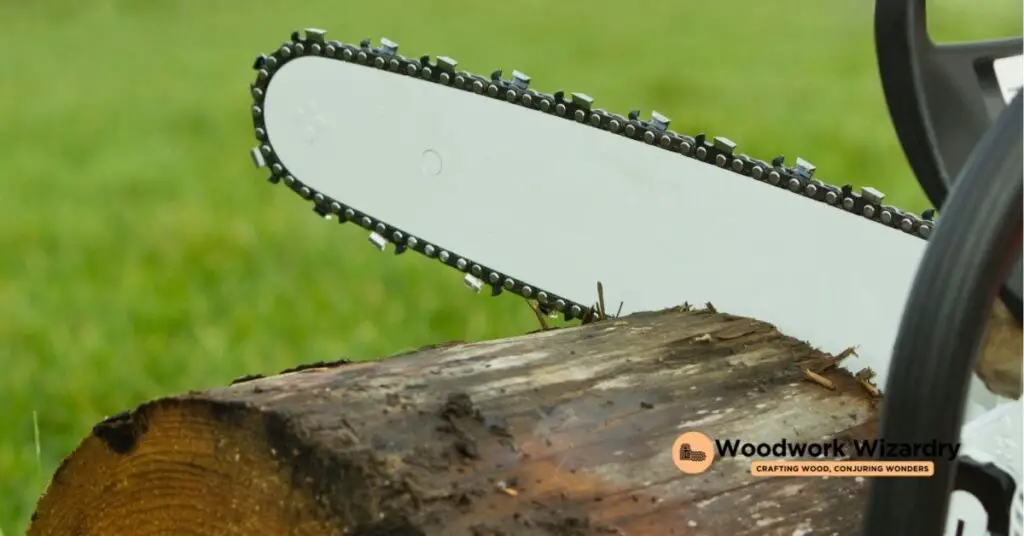
When contemplating putting a longer bar on a chainsaw, it’s essential we evaluate several critical factors to ensure the upgrade aligns with both the chainsaw’s capabilities and our needs. Here, we’ll delve into the key considerations to make an informed decision.
Understanding Your Chainsaw’s Power Source
Chainsaws come in various power sources, including electric, battery, and gas. The type of power source directly influences the chainsaw’s ability to handle a longer bar. Generally, gas-powered chainsaws offer more power, making them better suited for longer bars compared to their electric or battery-powered counterparts. Knowing your chainsaw’s power source helps gauge if an upgrade is feasible.
Manufacturer’s Recommendations
Adhering to the manufacturer’s recommendations is paramount. The chainsaw’s manual typically specifies the optimal bar length range. Installing a bar longer than recommended could lead to poor performance, increased wear, or even damage. Always consult the manual to ascertain the limits set by the manufacturer.
Engine Size and Power Output
The engine size and power output of your chainsaw are decisive factors. A more powerful engine can accommodate a longer bar by providing the necessary torque to cut effectively. If your chainsaw has a smaller engine, it might struggle with a longer bar, making operation cumbersome and potentially unsafe.
Weight Distribution and Handling
Upgrading to a longer bar affects the chainsaw’s weight distribution. A longer bar means more front-heavy design, which can impact handling and increase fatigue during use. Consider if the additional weight will be manageable for the tasks you intend to perform.
Safety Considerations
Safety should always be our top priority. A longer bar increases the risk of kickback, which can result in serious injury. Ensure you’re comfortable managing this risk and have appropriate safety gear like chaps, gloves, and eye protection. Additionally, evaluate whether the longer bar will be used in environments that could increase safety hazards.
By carefully considering these factors, we can make an informed decision about upgrading our chainsaw with a longer bar. Balancing our needs with the chainsaw’s specifications ensures we maintain optimal performance and safety standards.
How to Install a Longer Chainsaw Bar
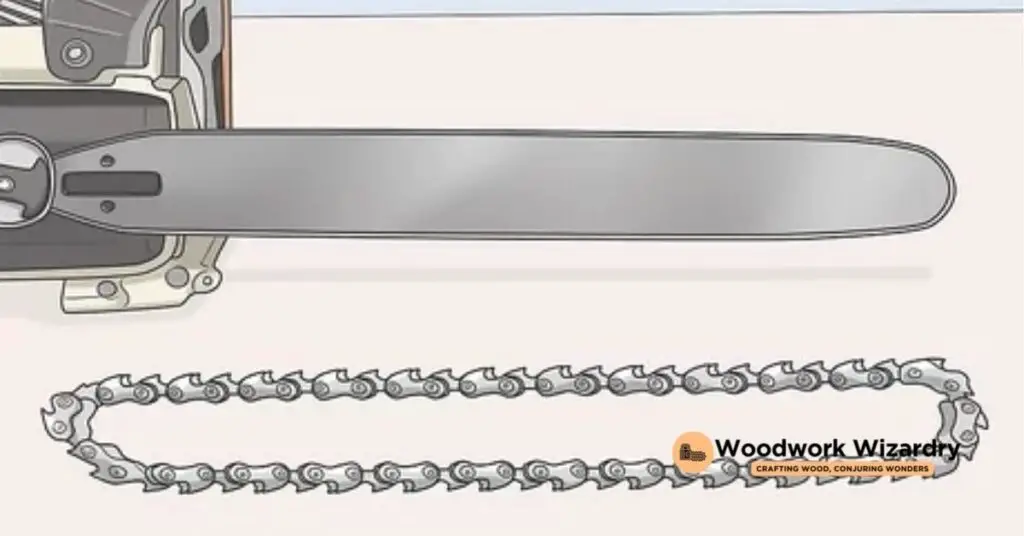
Having discussed the importance of ensuring your chainsaw can handle a longer bar by considering power, weight distribution, and safety, let’s dive into how to install that longer bar. Here’s a straightforward guide to make the upgrade process smooth and safe.
Gather Necessary Tools
First, you’ll need to collect a few tools:
- A screwdriver,
- A wrench, and
- The new chainsaw bar and chain.
Ensure these tools and parts are close at hand to streamline the installation process.
Remove the Old Chainsaw Bar
- Power off the chainsaw, disconnecting it from any power source to guarantee safety.
- Loosen and remove the side cover by unscrewing the nuts or bolts that hold it in place.
- Push the bar towards the chainsaw to slacken the chain.
- Remove the chain from the bar, and then slide the bar off the guide.
Install the New Bar and Chain
- Place the new longer bar onto the guide, ensuring it sits properly.
- Loop the new chain around the sprocket and then along the bar, making sure the cutting teeth face forward on the top of the bar.
- Pull the bar forward to tension the chain slightly.
- Reattach the side cover, but don’t fully tighten the nuts or bolts yet.
Adjust and Tighten
- Adjust the tension by turning the tensioning screw until the chain feels snug but can still rotate around the bar smoothly.
- With the correct tension achieved, fully tighten the side cover’s nuts or bolts.
Perform a Safety Check
Before using the chainsaw with its new longer bar, perform a safety check. Ensure the chain brake functions correctly, the bar and chain are securely attached, and the tension is appropriate.
Upgrading to a longer bar and chain can dramatically improve your chainsaw’s cutting capabilities, assuming your chainsaw meets the necessary power and safety standards. By following these step-by-step instructions, you’ll ensure a successful installation, readying your chainsaw for more demanding tasks ahead.
Recommended Longer Chainsaw Bars
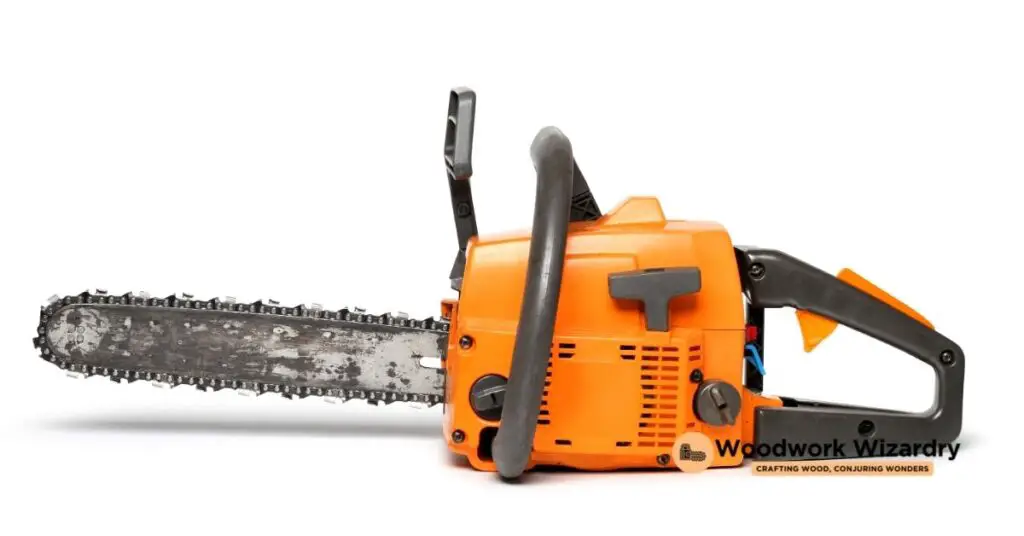
Knowing the perfect upgrade for your chainsaw involves understanding the balance between power, performance, and safety. We’ve compiled a list of longer chainsaw bars that cater to various needs, ensuring your chainsaw’s capabilities are enhanced without compromising on safety or efficiency.
- Oregon PowerCut: Ideal for professionals, the Oregon PowerCut bar ranges up to 42 inches, suitable for heavy-duty cutting tasks. Its excellent durability and control make it a top choice for tough, continuous work.
- Stihl Rollomatic ES: Available up to 36 inches, this bar is designed for precision, providing smooth and efficient cuts. It’s a fantastic option for those looking for balance and minimal vibration during extended use.
- Husqvarna X-Force: Featuring lengths up to 28 inches, the Husqvarna X-Force bar is engineered for optimal performance and durability. Its lightweight design enhances maneuverability, making it ideal for both professional and home use.
- Echo Power Match: Ranging up to 32 inches, the Echo Power Match bar is known for its strength and versatility, suitable for a variety of cutting tasks. It’s a reliable choice for those needing a longer bar without the bulk.
For each of these options, it’s vital to verify compatibility with your chainsaw model. Additionally, consider the weight and balance of a longer bar, as it might affect the chainsaw’s handling. Ensuring you select a bar that aligns with your chainsaw’s specifications and power output will not only improve your cutting tasks but also uphold standards of safety and efficiency as emphasized in the installation guide. Upgrading wisely will transform your chainsaw into an even more powerful tool, ready to tackle bigger projects with ease.
Conclusion
We’ve walked through the essentials of upgrading your chainsaw with a longer bar, from the importance of matching the bar to your needs to the top picks for longer bars. Remember, while a longer bar can enhance your cutting capabilities, it’s crucial to prioritize compatibility and balance. By choosing the right bar, like the Oregon PowerCut or the Husqvarna X-Force, and following our guide for a safe installation, you’re setting yourself up for a more efficient and safe cutting experience. Here’s to tackling those bigger tasks with confidence and precision!
Related Posts:
- Can You Put a Longer Bar on Your Chainsaw? Compatibility & Installation Guide
- Step-by-Step Guide: How to Adjust Chainsaw Carburetor for Optimal Performance
- Ultimate Guide: How to Clean Your Chainsaw Carburetor for Peak Performance
- Safe Hedge Trimming: How to Cut Hedge with Chainsaw & Avoid Mistakes
- Ultimate Guide: How to Measure Chainsaw Bar Chain for Optimal Use
- How to Start a Poulan Chainsaw: A Step-by-Step Guide
- Understanding Chain Pitch: Essential for Smooth Machinery Operation
- Beginner’s Guide to Chip Carving: Tools, Techniques, and Tips

